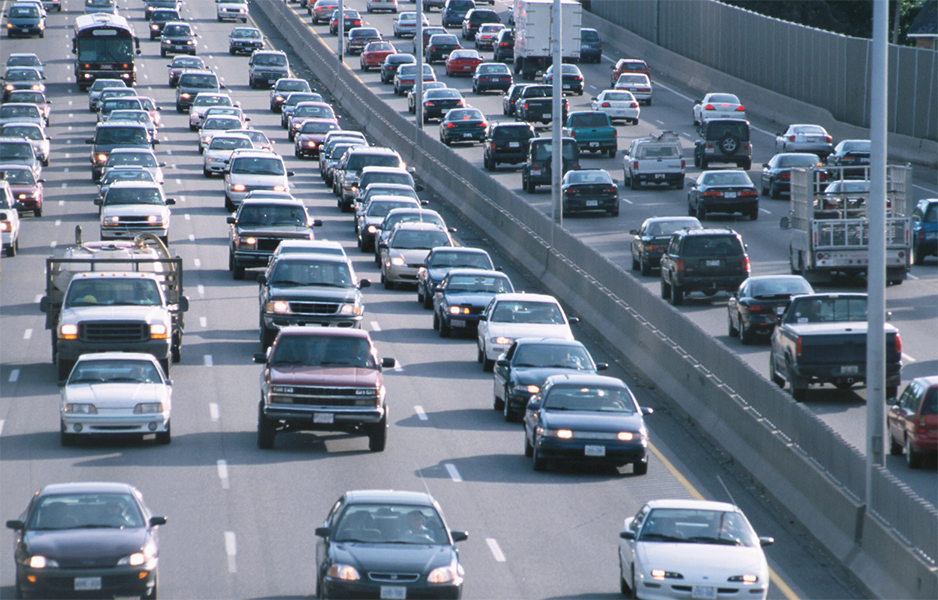Following Too Closely – Not as Straightforward as It May Seem

All states have a provision within their respective Vehicle Code which generally states, “the driver of a motor vehicle shall not follow another vehicle more closely than is reasonable and prudent, having due regard for the speed of the vehicles and the traffic upon and the condition of the highway” (1). Whenever a rear-end impact occurs, the investigating police officer will typically list “following too closely” as a contributing factor; however, not all drivers that rear-end another vehicle are keeping an unsafe following distance (also known as headway) or are following “more closely than is reasonable and prudent” when the speed of the vehicles and the traffic conditions on the highway are considered.
Most states recommend a 3- to 4-second “following distance rule” within their driver’s manual. This rule generally provides for sufficient distance to bring a vehicle to a stop in most driving situations. However, this rule is not conducive for drivers on congested highways where keeping such a distance would allow other vehicles to “cut in line” and effectively reduce safety by increasing the number of potential vehicular conflicts. The 3- to 4-second is rarely observed in practice. Published research data on “real world” typical time headways is about 1 second (2). The acceptance of a reduced headway, compared to what is recommended, suggests that drivers are “reading the road” and assessing traffic as a whole and not just focusing on the vehicle directly in front of them.
Researchers of safe following headways and speeds have indicated that a driver following another vehicle at a constant speed may be said to be maintaining a safe following distance if and only if he or she can, by braking, avoid colliding with the lead vehicle no matter how hard it may brake (3). Therefore, if a driver is following with a time headway equivalent to their perception-reaction time and the driver can brake as hard, or harder, than the lead vehicle, then this would be considered a “reasonable and prudent” following distance. A safety problem arises only when a driver’s expectation of what may be encountered is not what is actually presented to them, such as when the lead vehicle stops suddenly due to impact or moves out of the way to expose a much slower moving or stopped vehicle in the lane ahead.
1 – Pennsylvania Vehicle Code, Title 75, Section 3310: Following too closely.
2 – Brackstone, M., & McDonald, M. (2007). Driver headway: How close is too close on a motorway? Ergonomics, 50(8), 1183–1195.
3 – Lee, D.N. (1976). A theory of visual control of braking based on information about time-to-collision. Perception, 5(4), 437–459.
Robert T. Lynch, P.E.
Principal Collision Reconstruction Engineer
View all articles by Robert T. Lynch, P.E.
